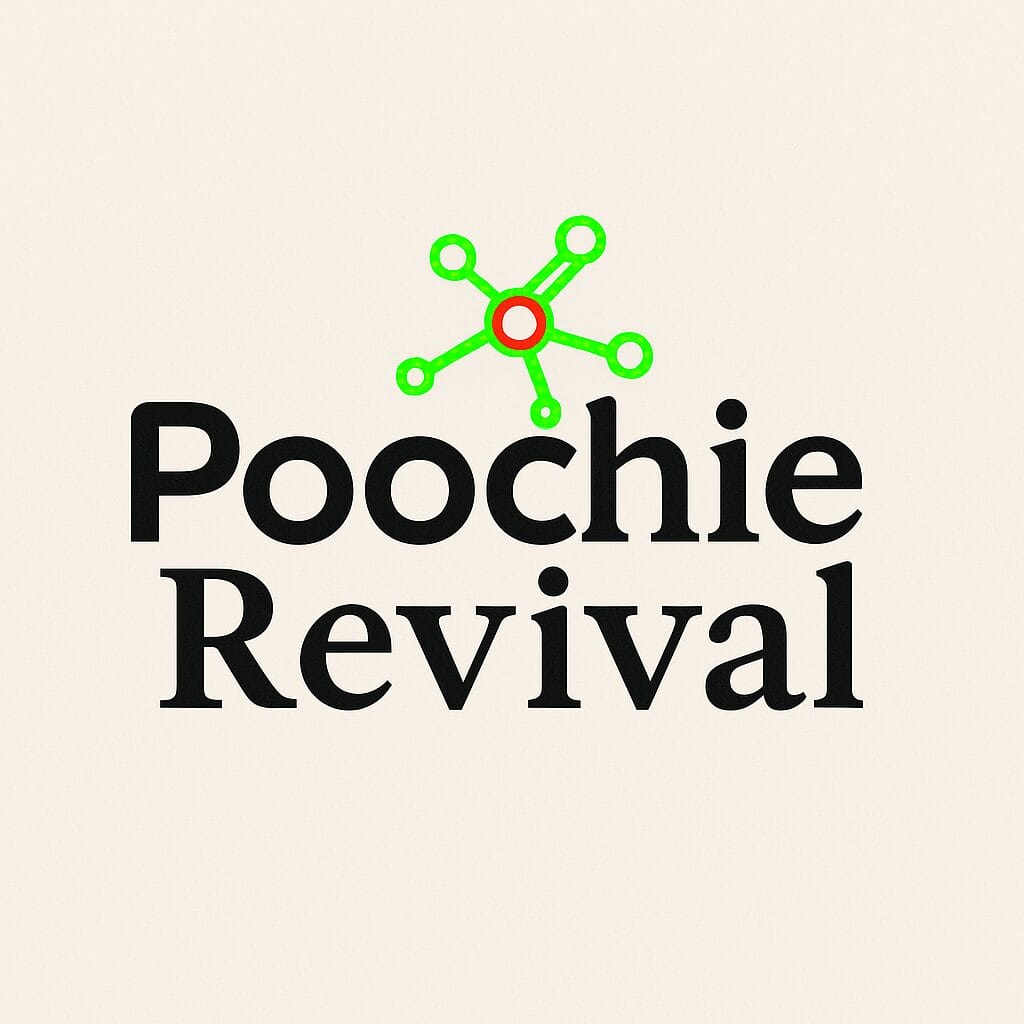I was once asked (several times, but recently) when I move the little puppies away from four feedings a day. Usually at the stage when the mother is weaned – I never give food four times. Orphan puppies are not counted, they are an exception.
I’ve written about this topic before.
Once the transfer weekend was over (for the Russells, it was on their 8-week birthday weekend), they moved to two feedings. Now, as I’m typing this, we’re at the dizzying age of 9 weeks, and eating has changed to about 1.5 times. Less in the morning, and in the evening what I would like as a normal portion.
Whenever fussiness is mentioned, the morning meal is the first to be brought up. It doesn’t go down or is eaten less. I can’t blame the dogs for that, as I don’t have an appetite for breakfast myself.
Yes, that’s humanizing, but once again, it’s a descriptive expression. Still, the basis is the same, in consumption. Even though the puppy grows at night, the energy consumption during the night is low enough that it’s not hungry in the morning.
I’ve never understood why such a big deal is made about this. Few owners eat a continental hotel breakfast in the morning either.
The breakfast comparison is said to be flawed. Some human seedlings, especially rapidly growing teenage boys, may eat unbelievable amounts. But that doesn’t cause limping. It should make one think about their actions in feeding the dog, especially with a puppy.
We feed the dog’s hunger. Not the kitchen clock.
Our 9-week-old mainly eats just a small breakfast. But from time to time, about every third day, a bigger breakfast is consumed. There’s hunger. Still, you can’t rely on schedules because a week in a puppy’s life is like several months, sometimes even years, when trying to compare to humans.
Everything happens quickly. That’s why it’s pointless to do things like last week or plan how to feed a week ahead. It’s worth feeding always thinking about the next time, but not much further.
Hunger is a relative question, as everyone knows. Eating is not always based on hunger. Greed is a strong motivator. That’s why so many picky eaters have been cured by getting another dog.
Our miss (her name is Sissi by the way) eats more calmly and slowly when the mother is not around. Because I didn’t feel like watching the greedy Russell lady, I separated them during the puppy’s meal time – pack eating can be learned later. However, one time I completely forgot about the mother, put the food in front of the puppy, and immediately the mother was suggesting sharing the food in a Christian way: two parts for you, five for me.
I didn’t say anything because I wanted to see what would happen. The 9-week-old puppy stops eating and starts staring at the mother. About five seconds later, the mother decides it wouldn’t have been that good, backs up a meter, and starts begging from her daughter.
In greyhounds, the puppy would never have been able to pressure the mother away from the food.
I haven’t separated them since. The little one also learned very quickly one of the basic rules of our household: when you leave the food, it becomes common property. When the pup thought it could do a victory lap and continue eating, there was no more food.
The next time, the food was eaten in one go. Learning is a wonderful thing.
Pack pressure improves eating and is based on greed (or unwillingness to give up, the same manifestation) as well as the fear of losing. But the structure of the food also affects the amount eaten.
With meat, it’s a bit harder to notice the significance of the form of the food, but the difference between eating chunks of meat or minced meat is clear. Of course, that depends immensely on the dog, but if we consider a dog that regulates its eating in some way, more minced meat can be consumed – because it’s faster to eat.
Dry foods are what they are. They don’t change much, but there is one thing that strongly affects the amount eaten: water.
It’s such an obvious thing that it’s often not considered. We have three different measures in feeding: a handful, an (Ikea) coffee mug, and a liter measure. The puppy is given with a handful measure, less in the morning (which is now reluctant) and the same in the evening.
If I swell it properly, as I always do in the evenings, the amount to be eaten is almost three times larger. It simply doesn’t fit in the child’s stomach, and at the same time, it satisfies hunger. In the morning, I practically just moisten it, so the amount to be eaten is less in volume and more easily (read: quickly) eaten. Still, both portions have the same amount of food.
Quite a few people let the food swell overnight to save time in the morning. Then the portion size seems bigger, and voilà – we have a picky dog.
Someone now asks what happened to our family’s 50/50 feeding, where’s the meat. It’s not bought.
You don’t need to move to some remote place in east near Russian border or the mountain Lapland in Finland to be in a remote village. We have exactly two options for meat: Musti and Mirri (big chain here) about 30 km away and a meat delivering truck, whose stops are just as far but with an even more inconvenient schedule. So, what happened to our 50/50 feeding was laziness and unwillingness to pay more.
And this is the reason why meat-based feeding, also called raw feeding, will backtrack. But that’s its own story.





